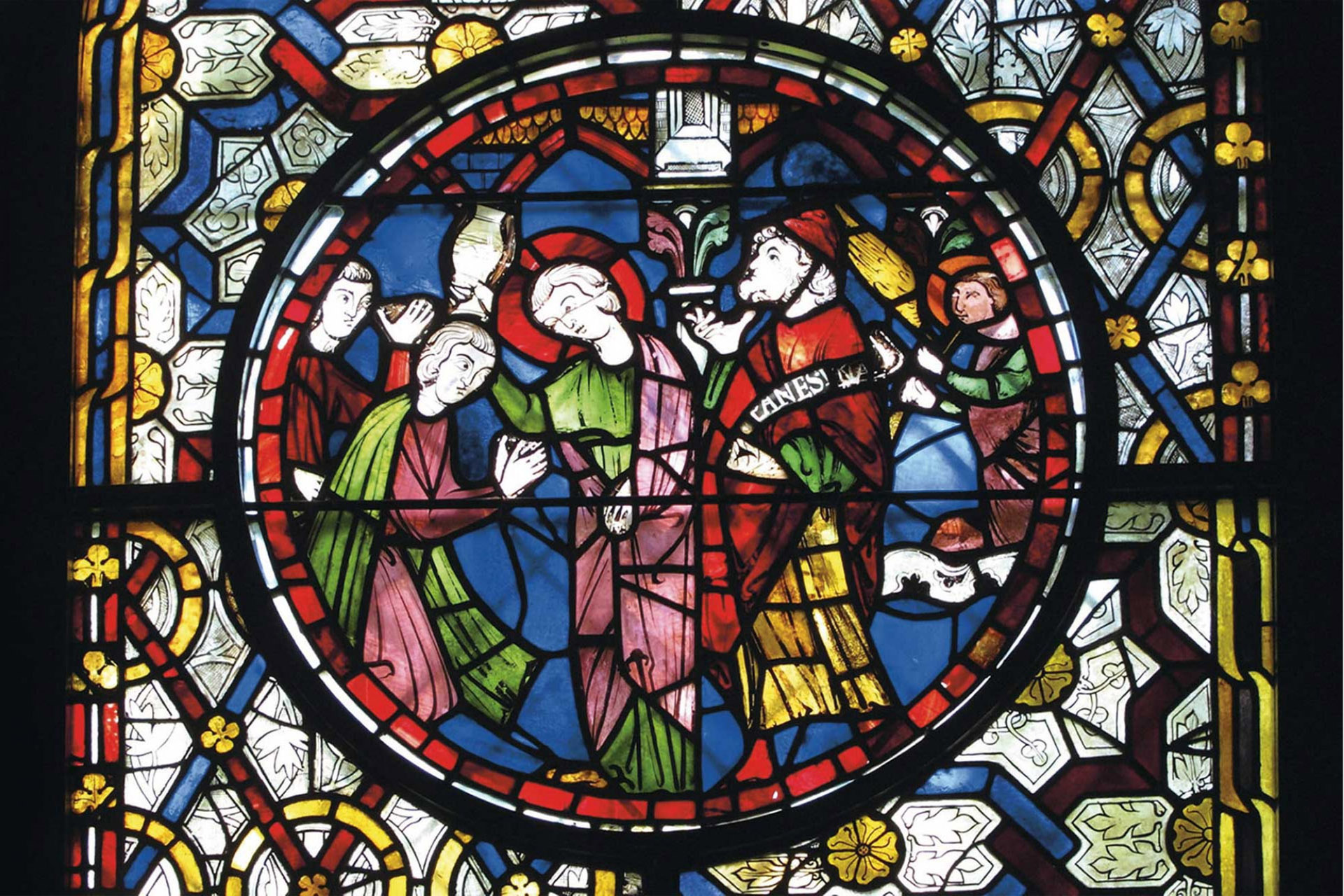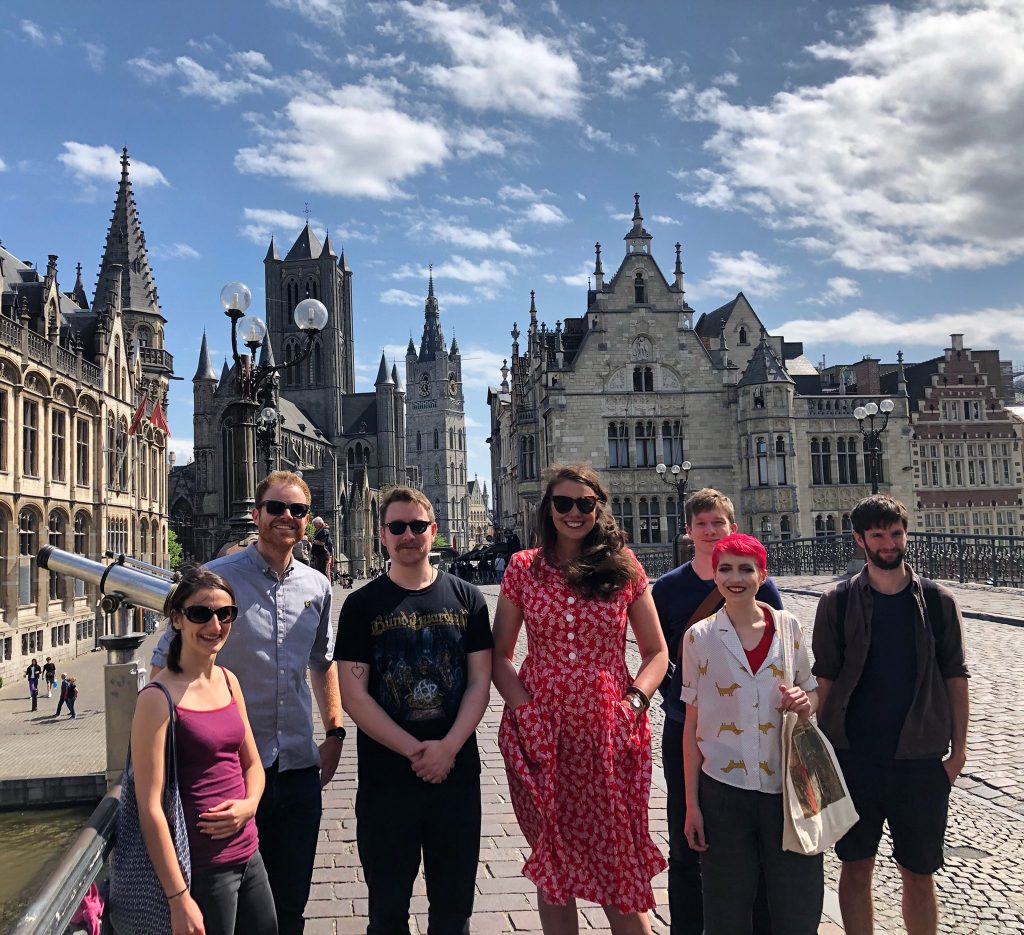On Thursday, April 25th several dozen graduate students, postdoctoral scholars, and academic faculty gathered in a large hall in Ghent to discuss Cross-Channel Exchanges in the Middle Ages. The event, falling under the formal umbrella of the Ghent-Kent Research Alliance, consisted of five panels and a keynote paper by Emily Guerry (Kent), with a response to the keynote by Anna Bermans (Ghent, emeritus). Papers varied widely in topic and form: Milan Pajic (Cambridge/Ghent) delved into beer brewers from the Low Countries in Late Medieval England, Micol Long (Ghent) explored the concept of transitus in theory and practice, Philippa Mesiano (Kent) discussed papal mediation in the Treaty of Paris, and Gerben Verbrugghe (Ghent) waxed archeologically about early Flemish settlements in western Britain. These are but a handful of the many—and excellent—papers given, but demonstrate the veritable cornucopia of topics and methodologies that were on display.
That is not to say that certain threads did not emerge throughout the day. Though the panels were loosely organized by topic, a task made all the more difficult by the breadth of the topics at hand, the overarching idea of “exchange” provided a unifying theme. Whether in the form of church realpolitik in the tenth century or corruption, embezzling, and entropy in the fourteenth, the myriad of insightful and engaging questions levied at each panel from an inspired audience spoke volumes as to the usefulness and future potential of the colloquium. Emily Guerry’s keynote paper served to further enhance and codify the excitement that had been building from session to session, focusing on her newest, most groundbreaking research and ending with a ringing endorsement of institutional cooperation and interdisciplinary methodologies.
It is a commonly accepted fact that conferences do not organize themselves, and all credit is due to Steven Vanderputten (Ghent) and Ed Roberts (Kent) who lead the charge from the outset; plying the Ghent-Kent Research Alliance for funding and expanding the scope of the colloquium to facilitate the presence to include strong showings from both institutions. Ghent University did a wonderful job of making the Kent delegation feel most welcomed, with plenty of tea and coffee being provided throughout the day, and a sampling of fantastic Belgian beer and snacks at the Henri Pirenne Institute afterwards.
One of the most important takeaways from the trip was a reinforced sense of community, both between Kent and Ghent but also among the faculty and graduate students as well. Ghent is a wonderful city, and we were afforded ample time before and after the colloquium to partake in much of what it has to offer. This included walking through the Korenmarkt, stepping inside Sint-Baafskathedraal and poring over the Ghent Altarpiece with our resident art historians, and just generally making the most of the opportunity provided to us. Though the pendulum may swing back to Canterbury for the next event, I believe I speak for everyone involved when I say that we’re all looking forward to a return visit, and are truly lucky to be situated between these two great cities and their wonderful communities.
Noah Smith

